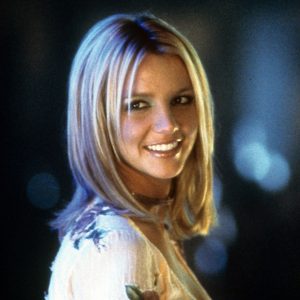The GrowingConcern of Low Voter Turnout Among Young Ontarians
The province of Ontario is grappling with a worrying trend: despite facing critical issues like student debt, job insecurity, and housing unaffordability, young Ontarians are consistently showing up to vote in alarmingly low numbers. According to Elections Canada, in the last federal election, only 54% of voters aged 18 to 24 cast their ballots, a number that dropped to 47% in the 2021 snap election. This decline has sparked concerns about the growing disengagement of young people from the political process. Jaden Braves, the 16-year-old CEO of Young Politicians of Canada, highlights a central issue: many young people feel that political parties are not taking meaningful action on the issues they care about. “There is a lack of hope, a lot of pessimism, and misinformation,” Braves says. “Young people don’t trust the system.”
The Disconnect Between Advocacy and Voting
Interestingly, while young Ontarians are actively advocating for causes they care about, they are not translating that activism into votes. A survey by Young Politicians of Canada revealed that 70% of youth have championed issues they are passionate about, but the majority do not participate in elections. Braves explains, “We are protesting and advocating for causes we care about, but don’t believe voting will lead to real change.” This disconnect is deeply concerning, as voting is one of the most direct ways to influence policy and bring about change. Young people are not apathetic; they are engaged in activism, but they are losing faith in the electoral system as a vehicle for progress.
The Role of Social Media in Shaping Political Engagement
Social media plays a significant role in shaping political awareness among young Ontarians, with 40% of students in the province getting their news from platforms like TikTok, according to a study by Young Politicians of Canada. While social media can be a powerful tool for raising awareness about important issues, it also has a darker side. Braves points out that social media often fosters negativity and spreads misinformation, which can discourage young people from engaging with the political process. “Much of the turnout issue has to do with the negativity and misinformation we see online,” he says. “Social media is not for solutions. It fosters a lot of negativity.”
The Lack of Civics Education and Voter Accessibility
Another significant barrier to youth voter engagement is the lack of civics education and awareness about the voting process. Braves notes that civics education in Ontario is limited to Grade 10, with little follow-up in later years. This gap in education leaves many young people without a solid understanding of how the political system works or why voting matters. “We’re not making sure our citizens are civically literate and aware of the political system,” Braves says. Additionally, systemic issues like the accessibility of voting processes in all communities further discourage young people from participating. Making voting more accessible and expanding civics education could help address these challenges.
Expert Insights on Youth Disengagement
Political science experts echo these concerns. Nelson Wiseman, a professor emeritus at the University of Toronto, observes that youth disengagement is a global issue. “Adults are much more concerned about the political situation. Young people are less likely to care, even though provincial policies directly impact them,” he says. Wiseman believes that many young people do not see politics as relevant to their daily lives, which contributes to their disengagement. He also highlights the illusion of engagement created by social media, where sharing posts or commenting online may make people feel like they are participating without actually taking real-world action.
The Need for Change and the Future of Youth Voting
Semra Sevi, a political science professor at the University of Toronto, emphasizes the importance of voter turnout for a healthy democracy. “Voting allows young people to advocate for issues they care about, like education, climate change, housing, and job opportunities,” she says. Sevi believes that addressing low voter turnout among young people requires a multi-faceted approach, including better civics education, more efforts to engage young voters, and campaigns that target their concerns. She also warns that low voter turnout has long-term consequences, as it allows politicians to ignore the priorities of young people. Wiseman adds that some political parties may even benefit from low voter engagement, as they perform better when fewer people vote. “They just want to win,” he says.
As Ontario approaches its next election, the question remains whether young voters will show up to the polls. To increase youth voter turnout, policymakers and politicians must prioritize digital outreach, incorporate youth perspectives into their policies, and address systemic barriers like the lack of civics education. Only by taking these steps can we ensure that the voices of young Ontarians are heard and valued in the democratic process.












